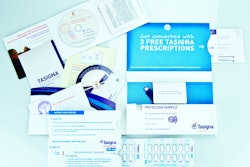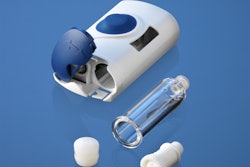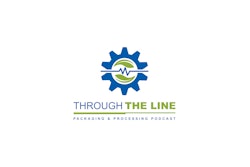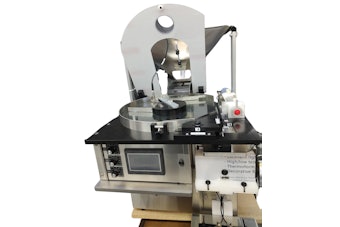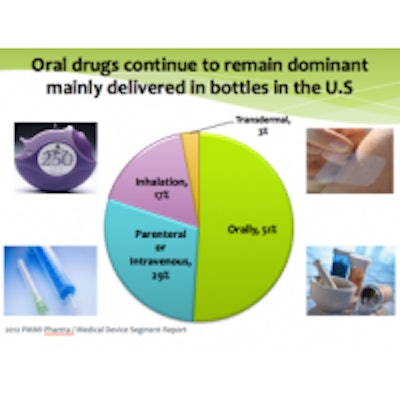
The 2012 Pharma/Medical Device Segment Report from the Packaging Machinery Manufacturers Institute represents the first such industry report since 2008. Donna Ritson, president of DDR Communications presented key findings to attendees of the 2012 Pack Expo Intl. in Chicago Oct. 28-31.
Overall, the findings cover major trends and issues regarding the packaging and operations of pharmaceutical and medical device products. These include anti-counterfeiting, sustainability, serialization, as well as aspects of equipment procurement, validation, and modularity.
Drug delivery trends included the following key findings:
• Bottles vs blister packs: In the U.S., "oral drugs continue to remain dominant, and are mainly delivered in bottles in the U.S." However, blister packs are gaining some market share, mainly overseas. For example, they remain more popular in Europe, while U.S. usage levels are flat, with 64% of companies reporting that usage levels are neither increasing nor decreasing.
• Single-dose injectables: A trend moving the needle more—also at 64%—is the number of companies that manufacture intravenous drugs, and are moving towards increasing single-dose injectables, via both prefilled syringes and sterile pens. She noted that these require a "significant amount of special engineering."
• Inhalation devices: One in four pharmaceutical companies that manufacture inhalation therapies continue to move toward developing inhalation products because they see it as the best delivery method for respiratory therapy. These are typically positioned for ease of use rather than to replace other dosage forms.
• High-tech patches: Half of the pharmaceutical companies manufacturing skin-absorption drug products predict growth potential for high-tech patches. These have seen double-digit growth in the past 10 years, "and are still growing," Ritson said.
Major trends that have shaped the industry in the last five years include expiring patents; innovative drug delivery methods; rising drug counterfeits; the offshoring and globalization of manufacturing; increasing spending in worldwide (emerging) markets; the growing, global influence of the U.S. Food and Drug Administration; and advances in automated, integrated, smart machinery.
The PMMI research was based on research with 50 industry professionals including eight of the top 10 ranked pharmaceutical companies; five of the top 10 ranked generic companies, and eight of the top 10 ranked medical device companies.



